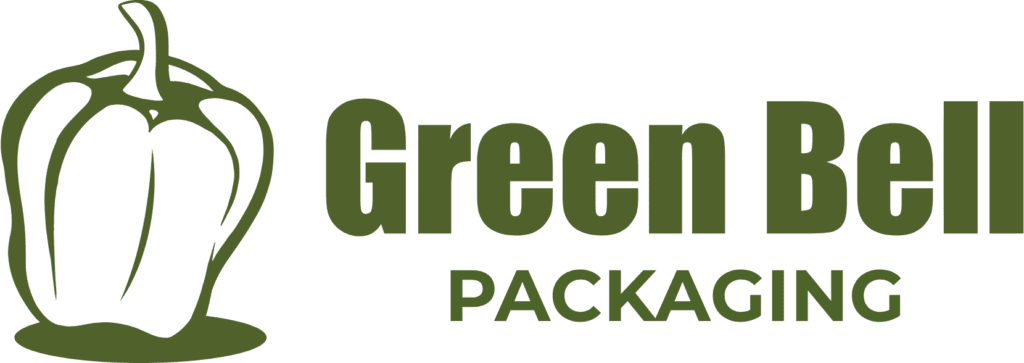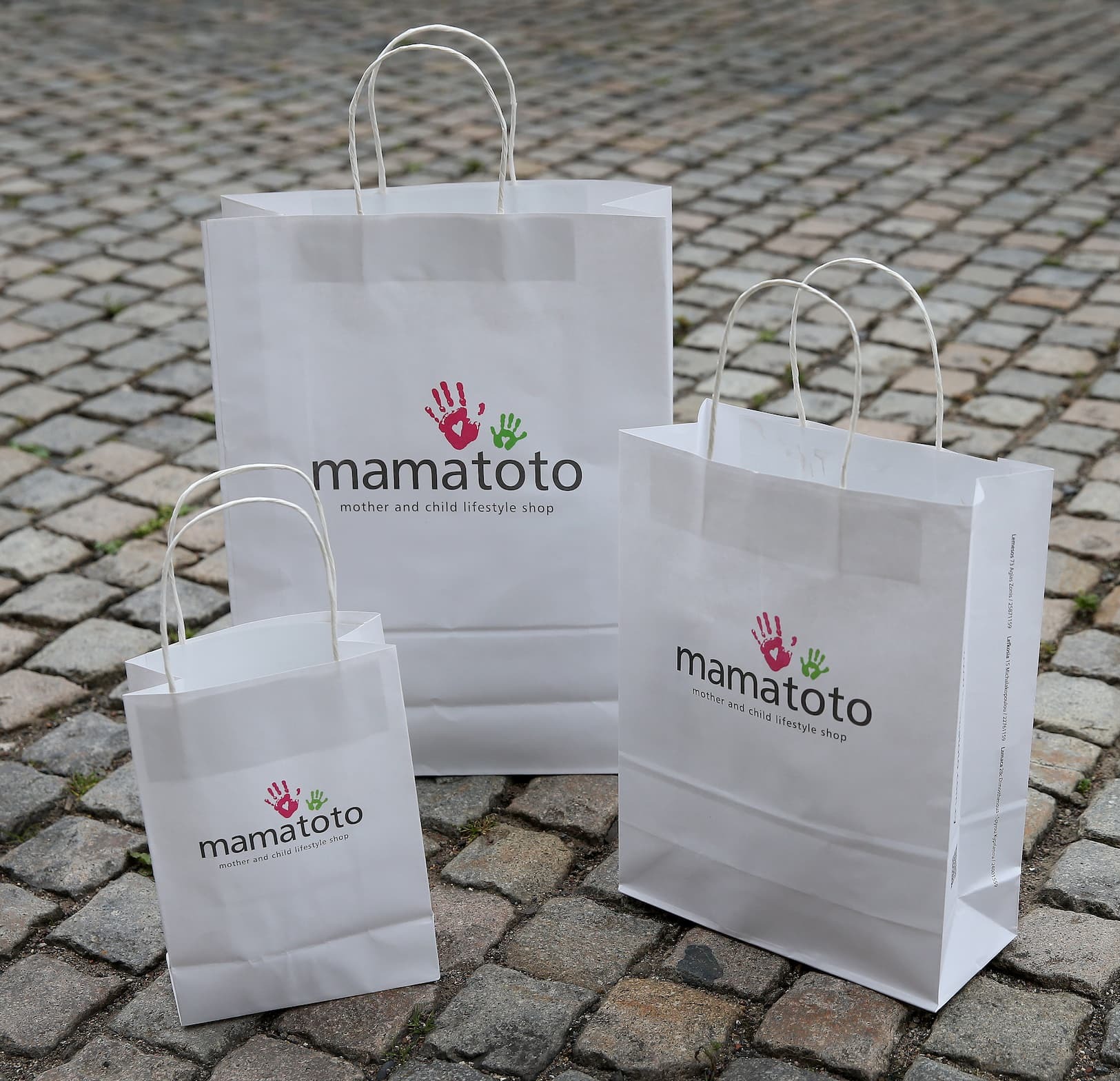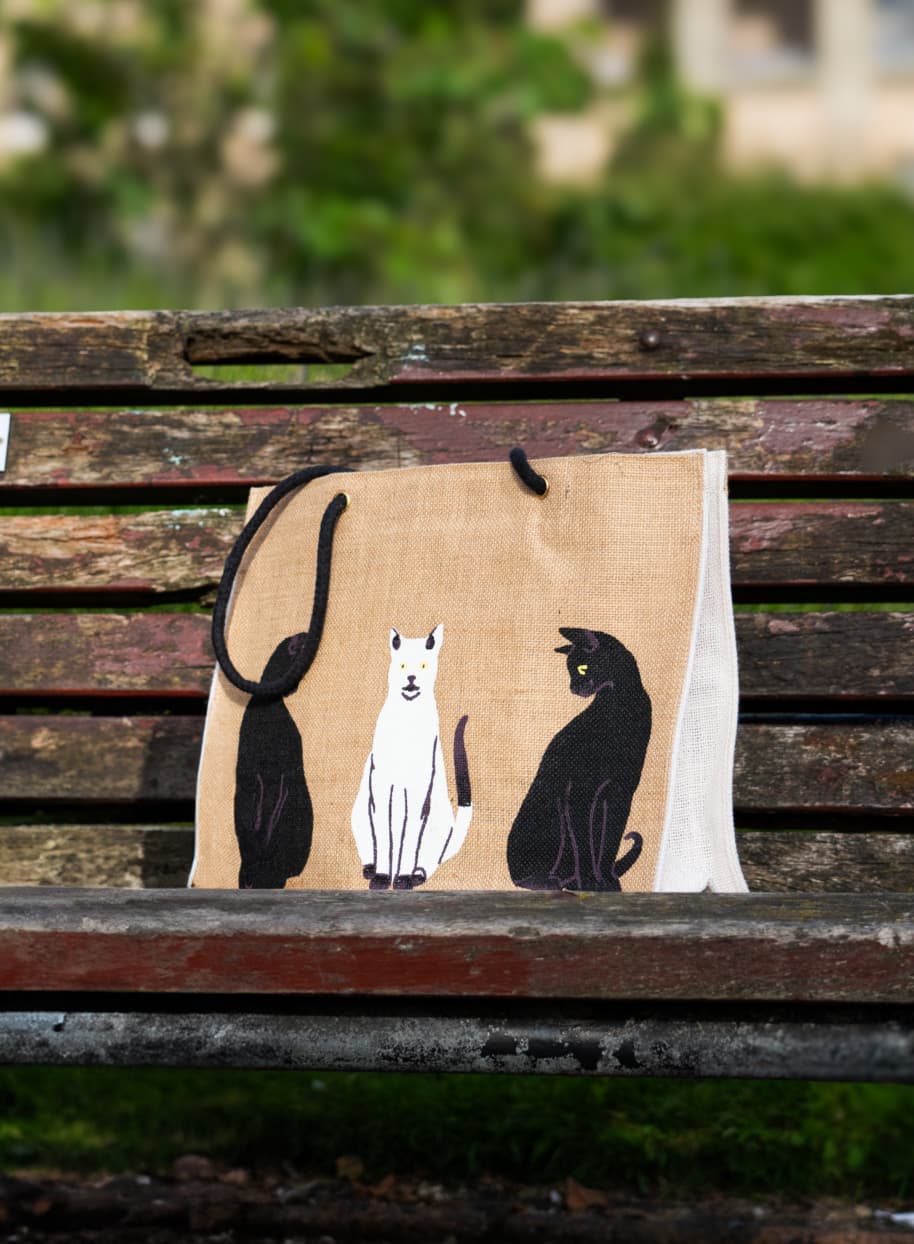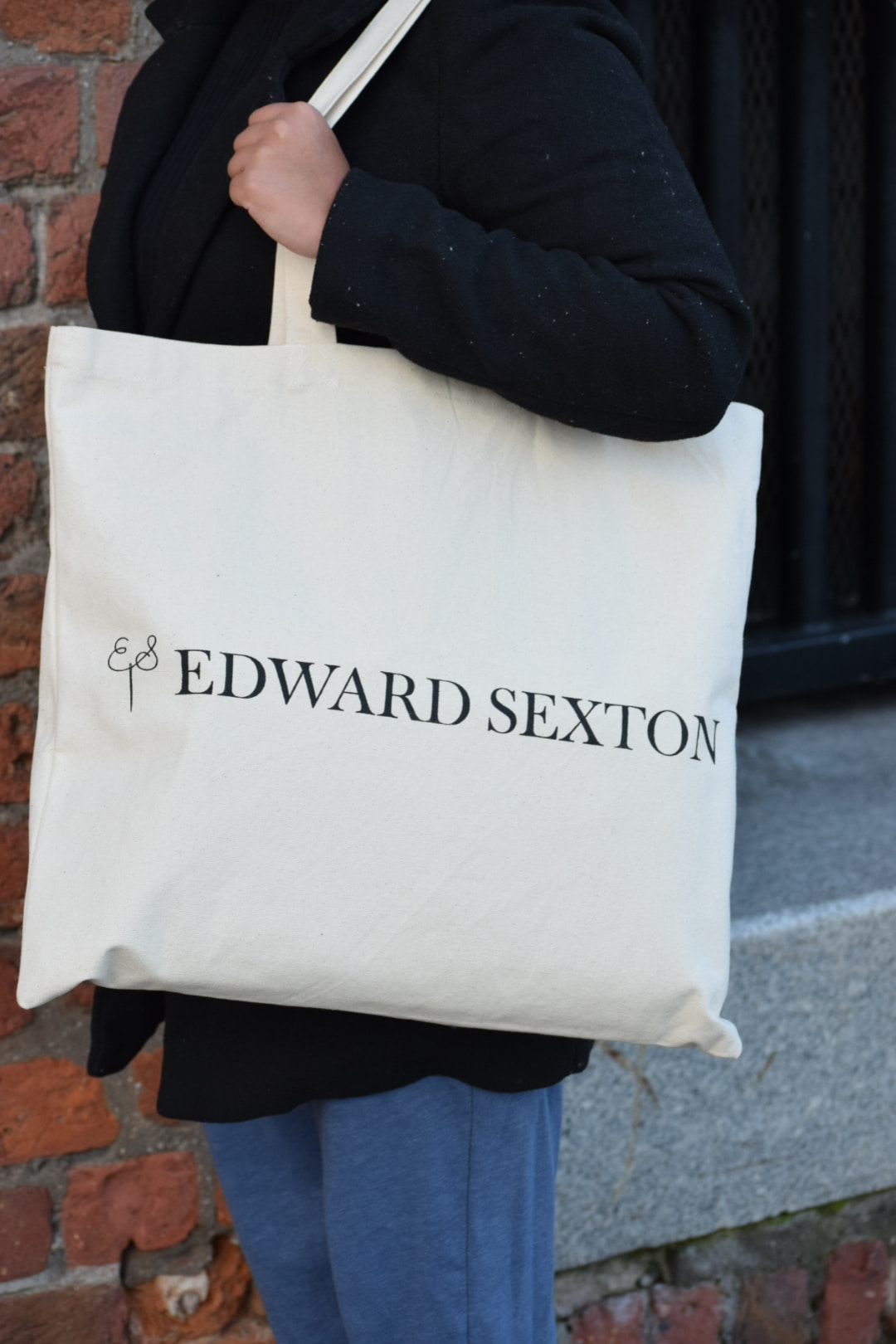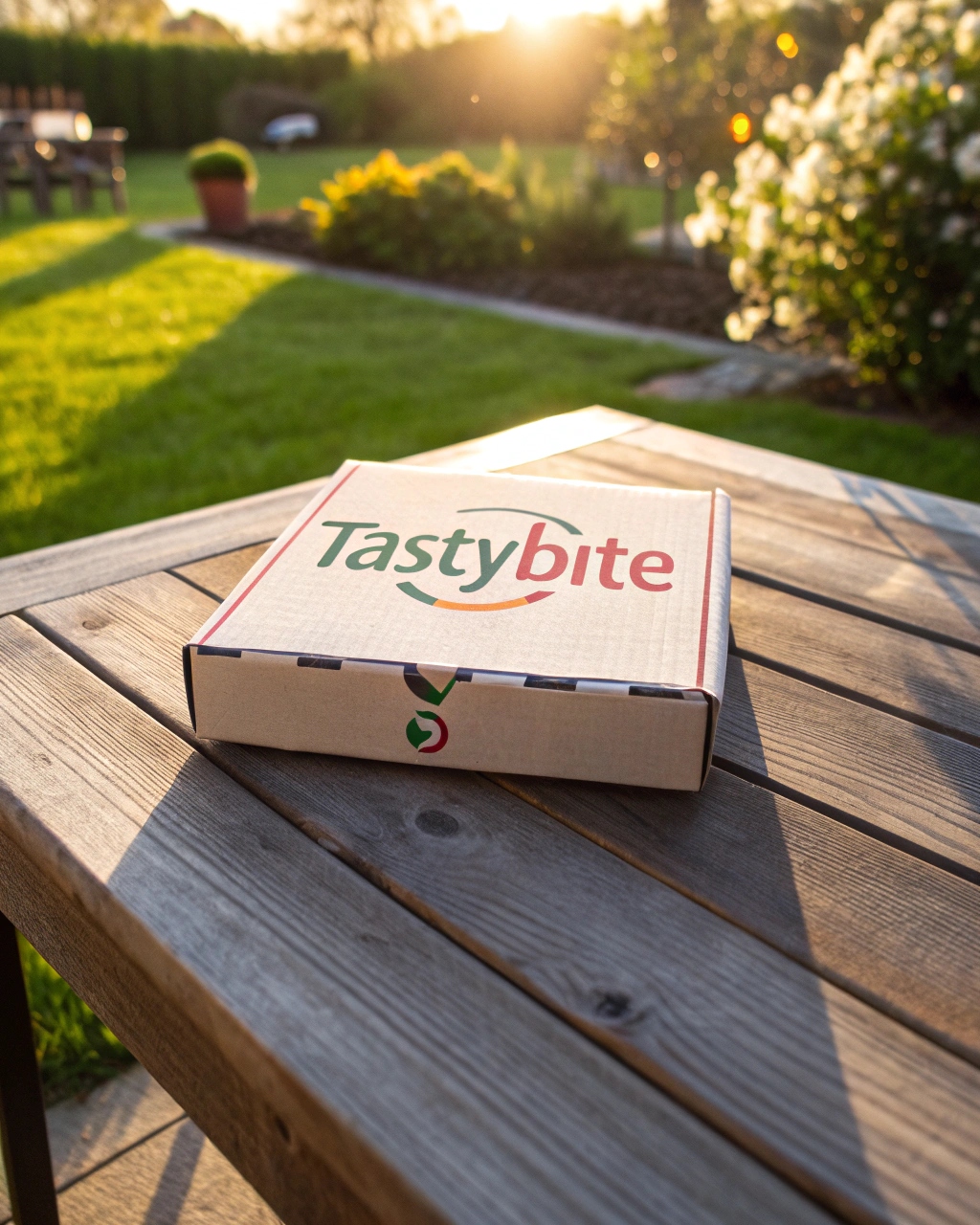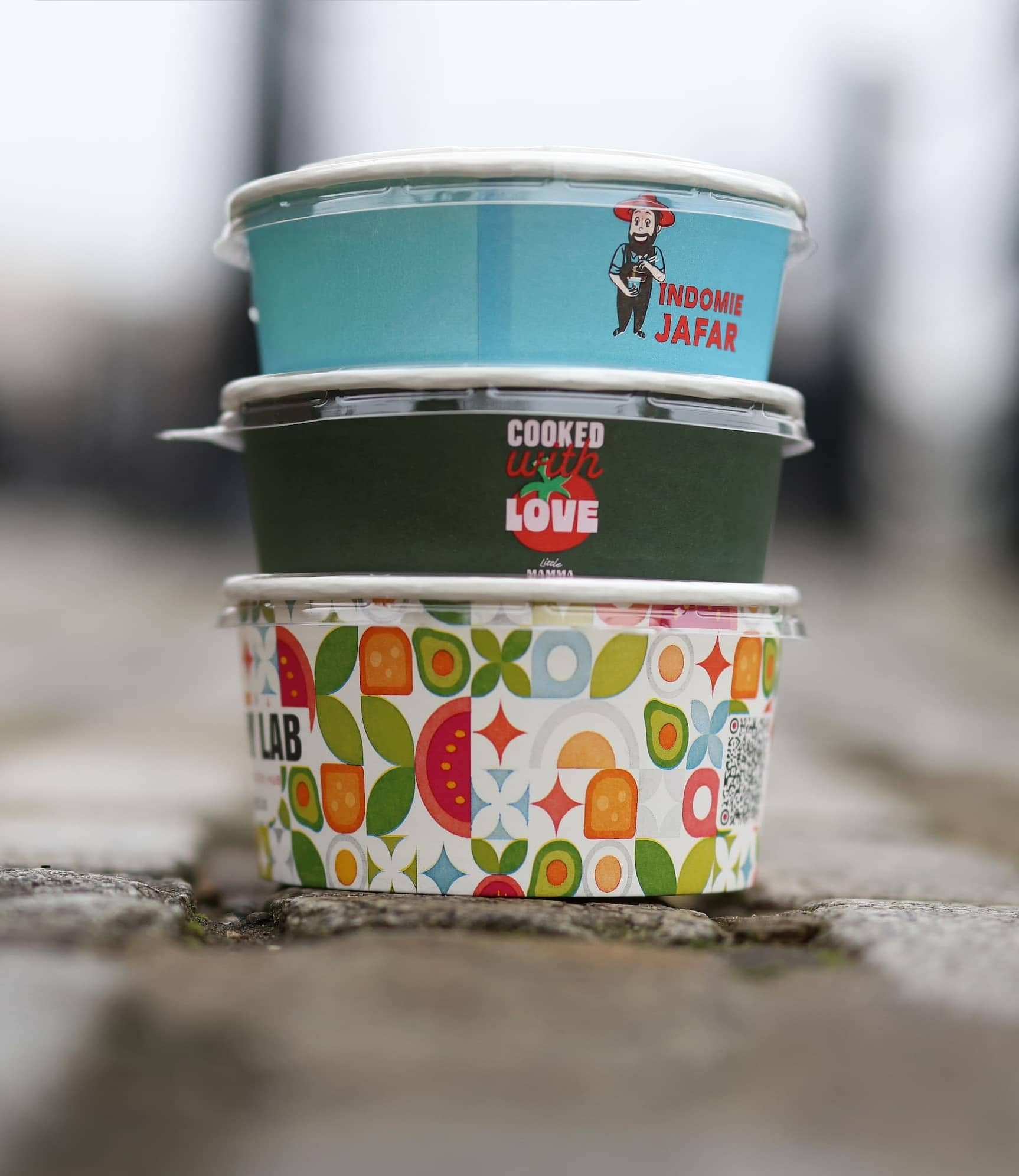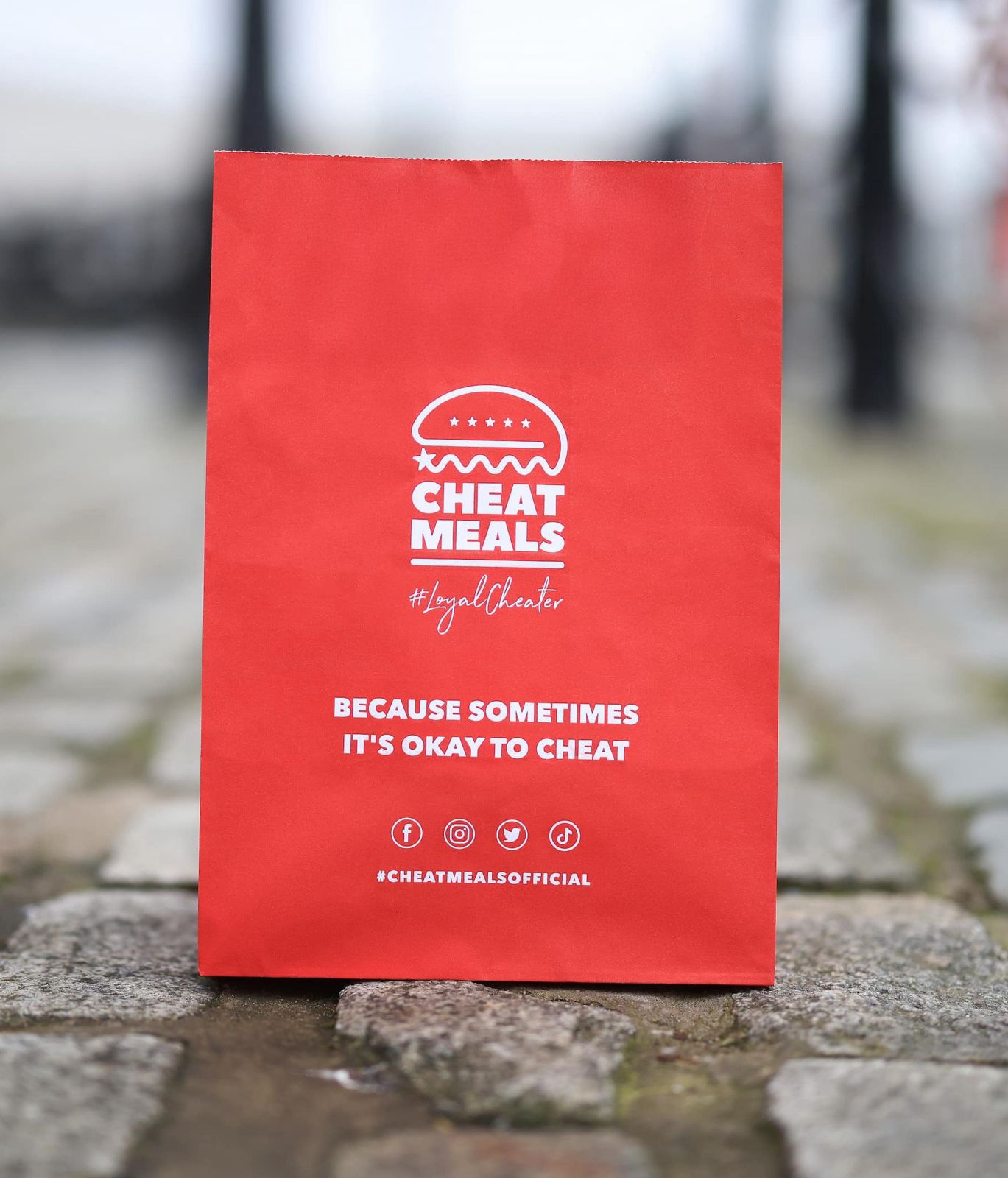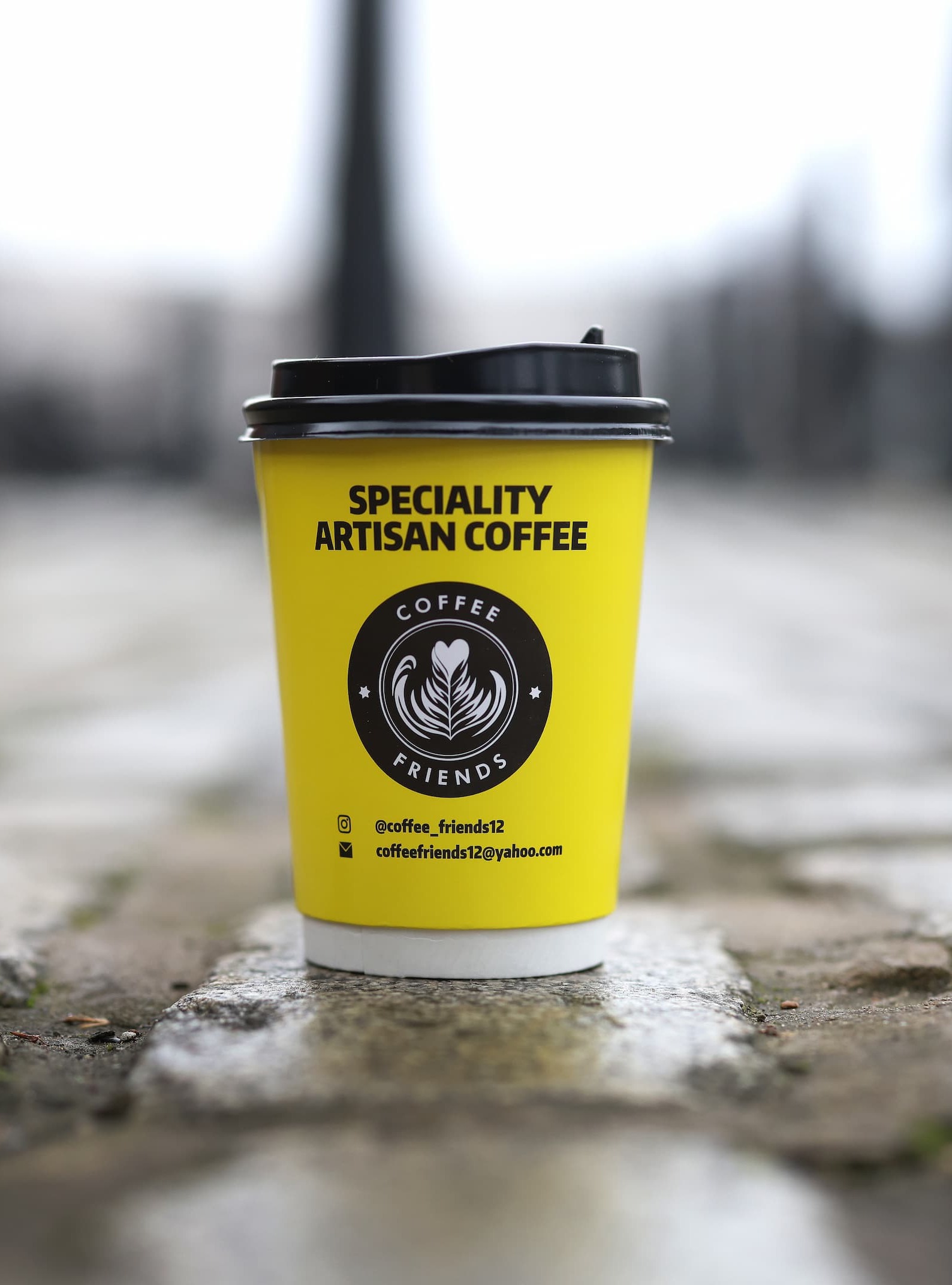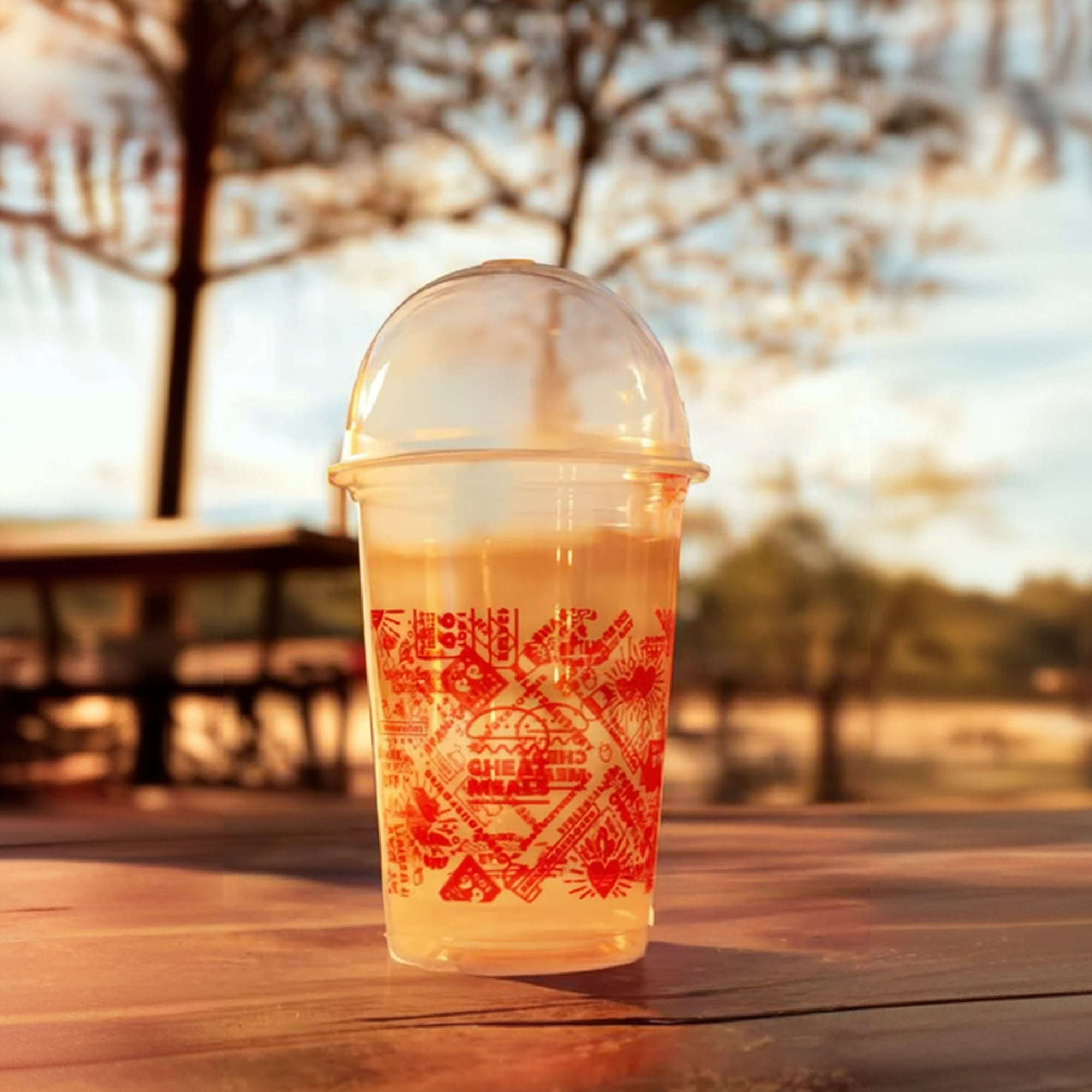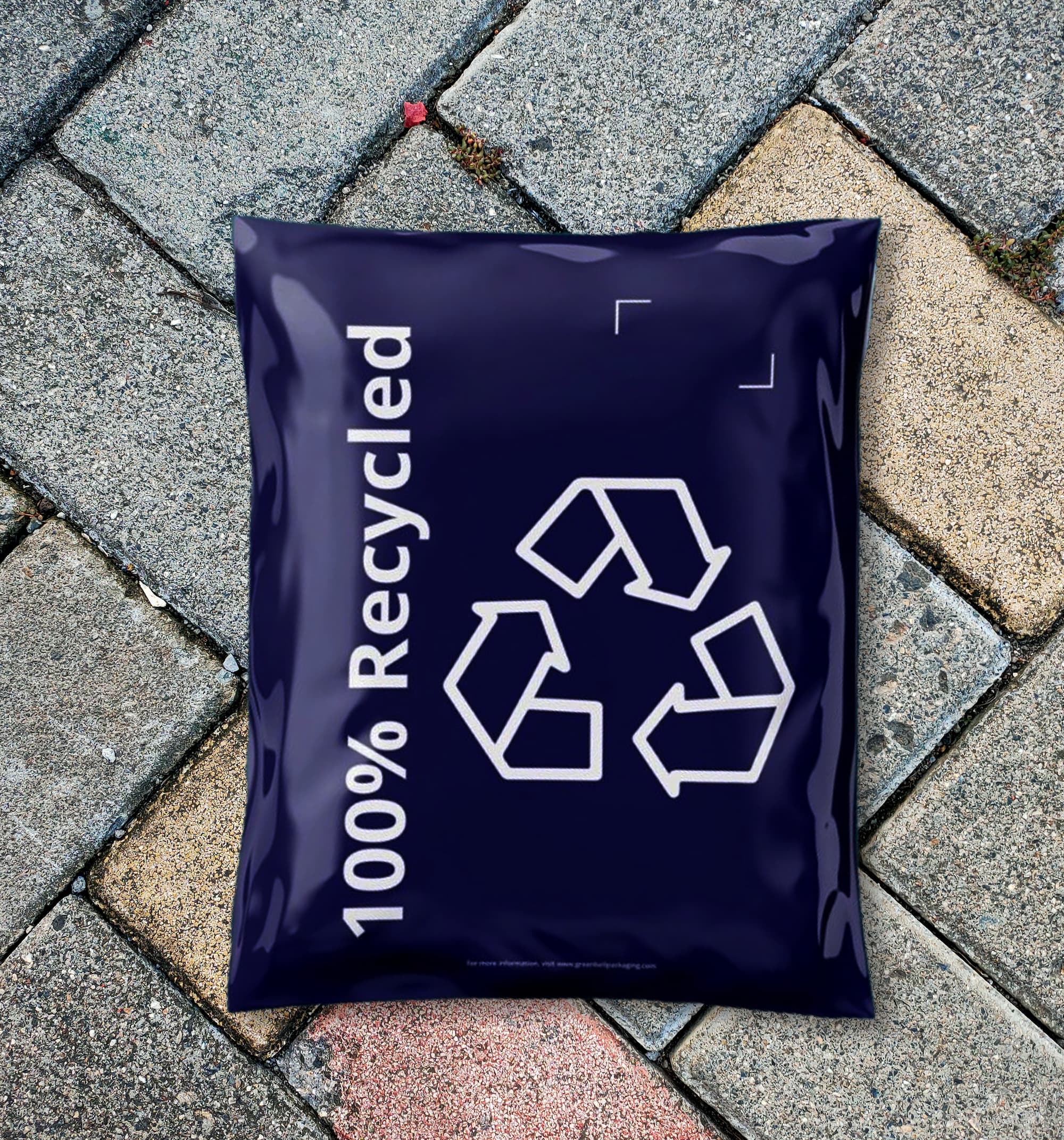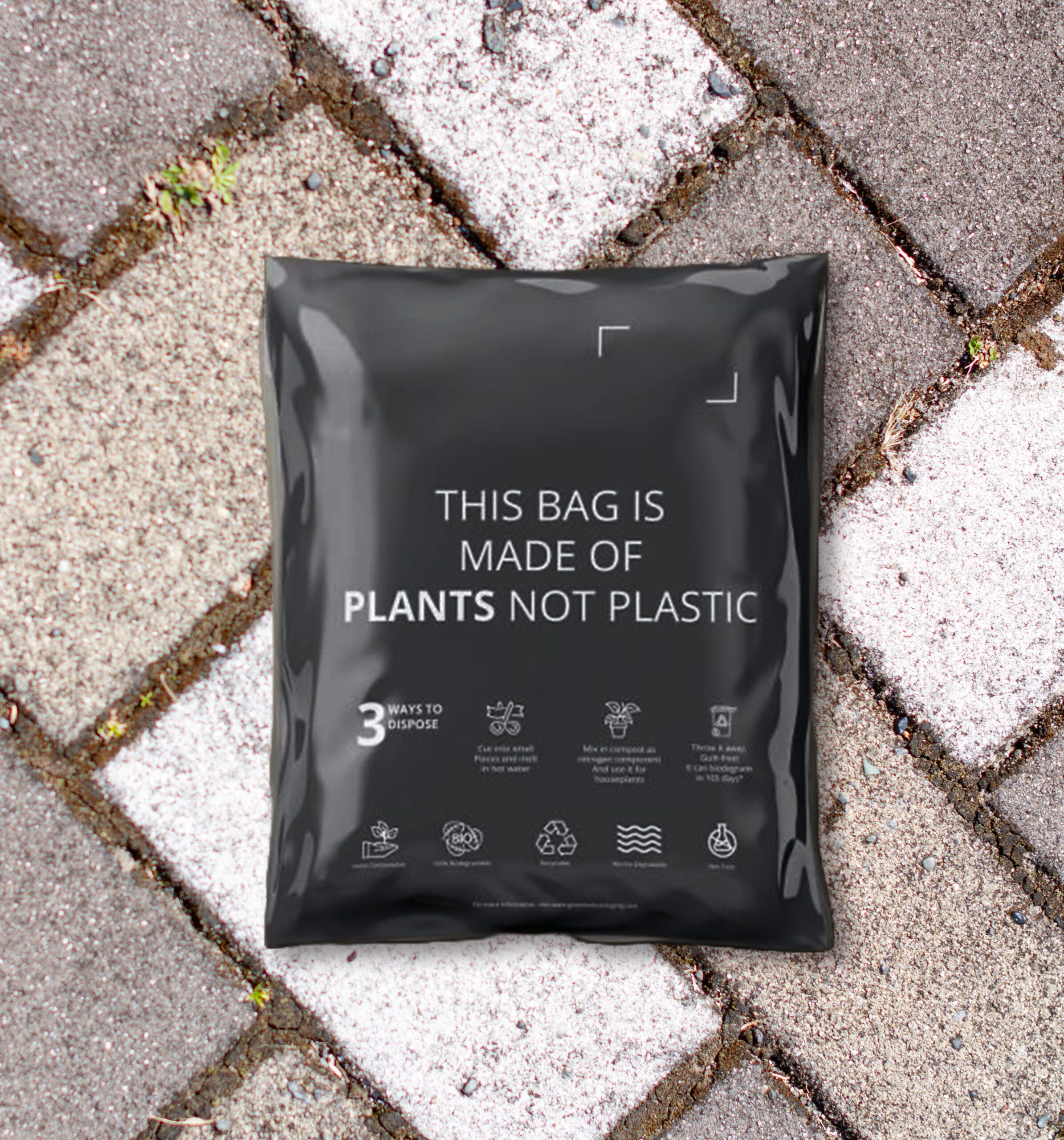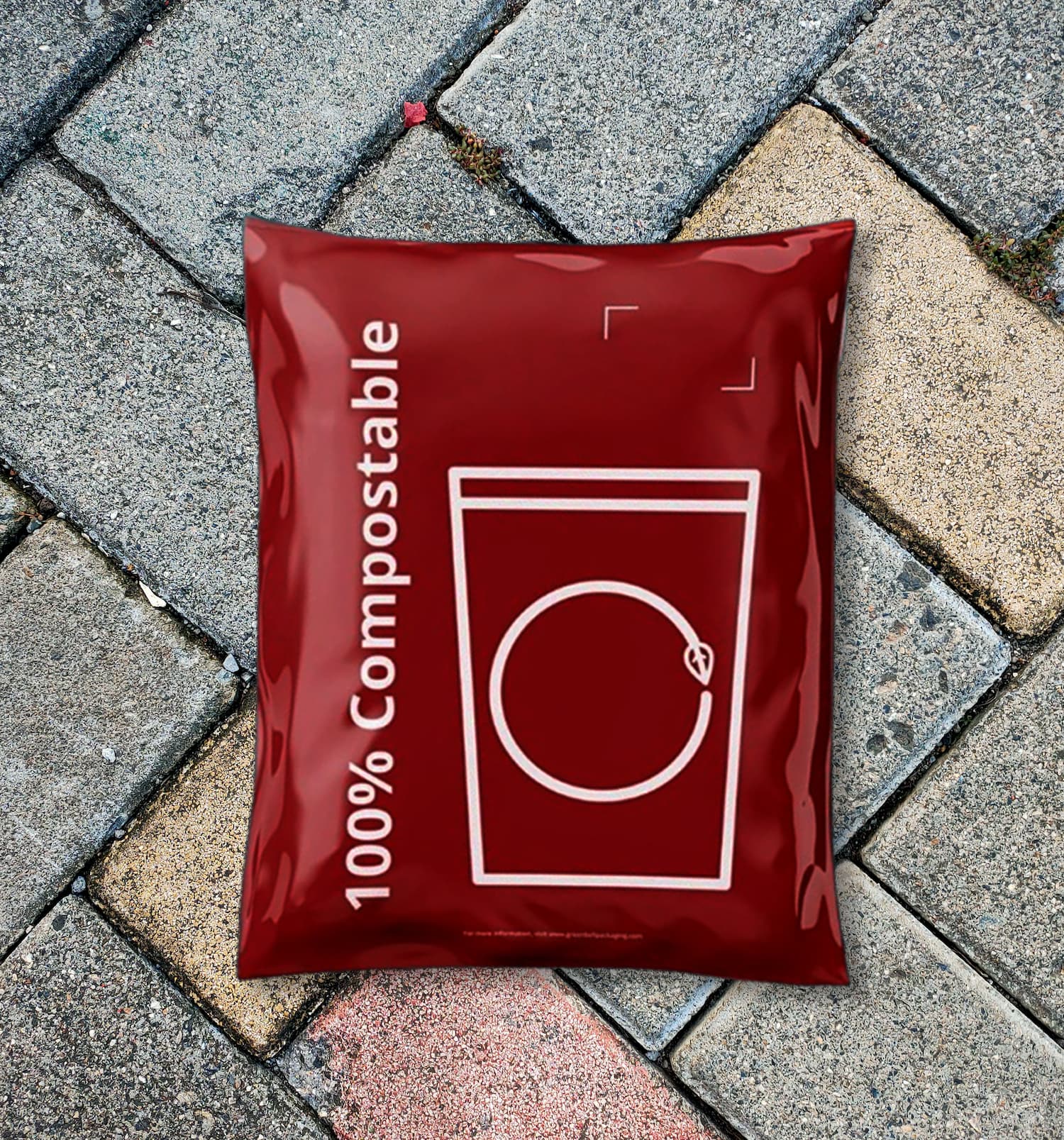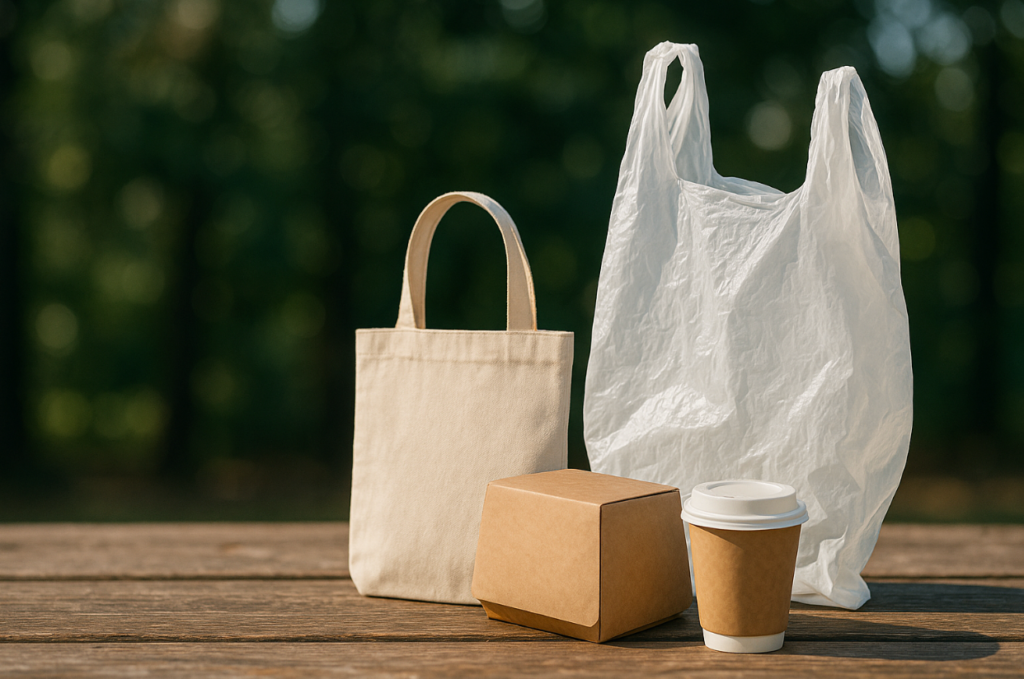The way we design, use, and dispose of packaging is heading for its biggest transformation in decades. It’s not a trend. It’s a systemic overhaul. Driven by new legislation, environmental urgency, and a growing demand for brands to do better.
And while change is never easy, it’s essential. The packaging industry is now at a pivotal crossroads, and businesses that adapt early will be the ones leading the next era of sustainability.
A System That’s (Finally) Being Rethought
For decades, the UK’s waste and recycling system has operated on a patchwork model. One that was built for a different time, and certainly not for today’s pace of production and consumption. Packaging materials have become more complex, product lifecycles faster, and consumer expectations higher. But the infrastructure meant to deal with all that waste hasn’t kept up.
Producers, for the most part, have been able to sidestep full accountability. Responsible for putting packaging into circulation, but not for what happens to it afterward. Once the product was sold, the responsibility shifted to local councils, consumers, and an overstretched recycling network.
The result? Confused households not sure what goes where. Councils are managing dozens of inconsistent recycling schemes. And a growing volume of packaging waste that ends up in landfills, incinerators, or exported overseas. All while the environmental cost keeps rising.
It’s a system that’s left too many gaps, and now it’s being redesigned to close them.
But with the rollout of Extended Producer Responsibility (EPR) and the new Packaging EPR (pEPR) framework, that model is about to change.
Under pEPR, producers will be held financially and operationally responsible for the packaging they place on the market, from creation to disposal. This includes reporting requirements, modulated fees based on recyclability, and an overarching goal to shift towards more circular packaging systems.
It’s not just about being greener. It’s about creating a packaging economy that actually works.
- According to the British Chambers of Commerce (BCC), the cost of packaging waste recovery notes (PRNs) has skyrocketed by over 300% in recent years, a signal that the current model isn’t sustainable.
What’s Changing and Why It Matters
Here’s a simplified breakdown of how pEPR will impact businesses across the UK:
- More Accountability: Brands will need to report more detailed packaging data, including material types and formats.
- Modulated Fees: Packaging that’s harder to recycle will cost more. Sustainable materials will save you money.
- Transparency Requirements: From labelling to traceability, packaging will need to be clearly marked and responsibly sourced.
- Increased Costs for Non-Compliance: Failure to report correctly or shift to recyclable formats will carry fines and mounting costs.

This change is monumental for any brand that packages products, but especially for SMEs, who may not have the internal compliance departments or budget buffers of bigger corporations.
As highlighted, many small and midsized businesses are still unaware of or unprepared for the full impact of EPR. That’s not just a missed opportunity. It’s a risk.
As highlighted in The Grocer’s recent coverage, many small and mid-sized businesses across the UK are still unaware, uncertain, or simply unprepared for the full scope of what EPR (Extended Producer Responsibility) really means. And it’s not just a missed opportunity to modernise. It’s a growing risk.
From increased costs and stricter reporting requirements to potential penalties for non-compliance, the new framework isn’t something that can be put off until next quarter. For SMEs already juggling tight margins and limited resources, failing to get ahead of EPR could mean facing avoidable disruptions — or worse, being left behind as larger competitors adapt more quickly.
In short, ignoring the shift won’t stop it from coming. But embracing it now could be what sets your brand apart.
Global Momentum, Local Action
This shift isn’t unique to the UK. Globally, governments, investors, and innovators are pushing for smarter, scalable, sustainable packaging solutions.
Take, for example, the winners of the 2022 Morgan Stanley Sustainable Solutions Collaborative. From seaweed-based packaging to scalable compostable alternatives, innovators around the world are showing that material innovation isn’t just possible. It’s already here.
So what does this mean for UK-based brands?
Means it’s time to move away from “wait and see” and into “adapt and lead.”
What Should Businesses Do Now?
- Audit Your Packaging Portfolio
Understand what you’re putting on the market. Know your material types, their recyclability, and your reporting obligations under EPR. - Simplify Where You Can
Avoid multi-material formats that are hard to recycle. Move towards single-substrate, clearly labelled, and widely recyclable or compostable packaging. - Explore Compostable and Reusable Alternatives
Compostable packaging isn’t just compliant; it’s also consumer-friendly. A growing number of UK consumers actively choose brands with strong eco-credentials. - Build Partnerships with the Right Suppliers
Align with suppliers that understand EPR and sustainability frameworks, not just those offering the lowest unit cost. - Communicate Your Changes
Use your packaging as a storytelling opportunity. Labels, messaging, and even the material itself can reflect your values and increase customer loyalty.

Final Thoughts. Where Green Bell Packaging Fits In
At Green Bell Packaging, we believe packaging should do more than just look good. It should work well, feel right, and do better for the planet. That’s always been our promise. Now, with the UK’s packaging rules shifting under pEPR, it also needs to be smart, compliant, and built for the future. From compostable food containers to biodegradable paper bags and reusable cotton totes, our products are designed to keep your brand ahead. Not just in sustainability, but in meeting the latest regulations too.
We know packaging decisions can feel overwhelming. Especially when the rules keep changing. But making the right choice doesn’t have to be complicated. When your packaging reflects your values, meets regulations, and still looks great doing it. That’s a win for your brand and the planet. The shift is already happening, and the businesses leading it?
They’re not following trends. They’re setting the standard.
